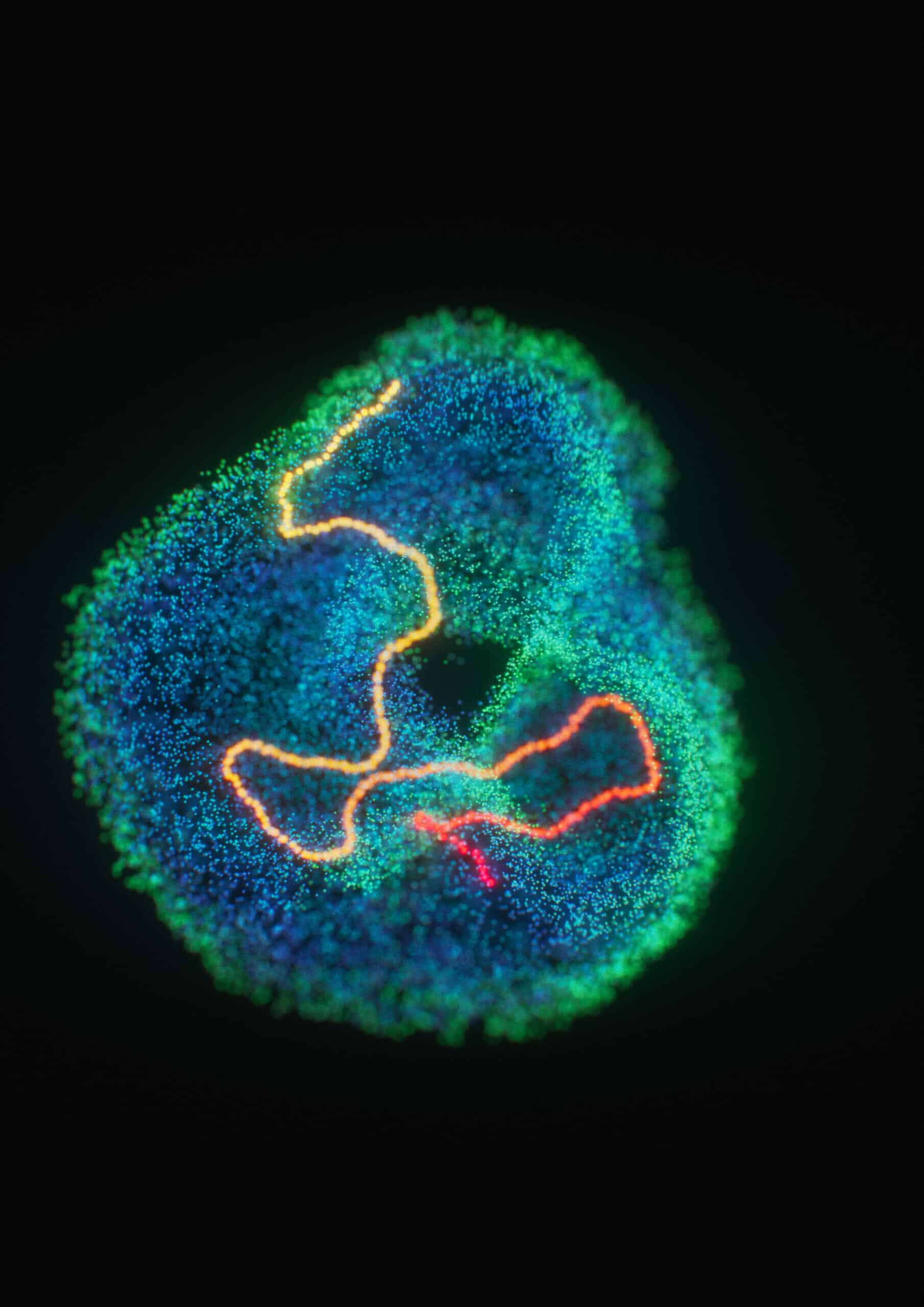The cells are lattice cells - nerve cells whose activity depends on the animal's position in space, and therefore they represent information related to spatial navigation. A team led by two Nobel laureates and researchers from the Hebrew University participated in the discovery.

A study published today In the journal Nature, written by an international team led by and with the participation of Nobel Prize winners Prof. Yoram Burak from the Rakeh Institute of Physics and the Edmond and Lily Safra Center for Brain Sciences at the Hebrew University, helps reveal mechanisms by which nerve cells in the brain work together to represent the position of an animal in space.
The study confirms theoretical predictions from 10 years ago, regarding the joint activity patterns of these cells. Unlike in the past, when it was possible to measure the activity of individual cells in the brain, the study examines the activity of the nerve cells as a whole network.
Recently, a technology was developed that allows the activity of thousands of nerve cells to be recorded at once, in animals during their natural behavior. The research group of Edward Moser and May-Brit Moser from NTNU University in Norway, 2014 Nobel Prize laureates, were among the first to implement this technology in the entorhinal cortex, the area of the brain where "Rig cells" are located. (Rig cells are nerve cells whose activity depends on the position of the animal in space, therefore they represent information related to navigation in space).
Other researchers at the same university developed a mathematical method by which the central feature of lattice cells can be identified: the representation of a position on a torus. The method is unique in that it can be applied both while the animal is moving in space, and while it is sleeping. One of the main conclusions of the study is that the activity patterns of the cells are very similar in wakefulness and sleep. More broadly, the research sheds light on how nerve cells work together to enable cognitive abilities such as navigation.
The experiments were done by Dr. Richard Gardner under the guidance of Prof. Edward Moser and Prof. May-Britt Moser. Eric Hermansen, a PhD student at NTNU University, analyzed the neural recordings using mathematical methods he developed together with Prof. Nils Bass and Prof. Benjamin Dunn. Dr. Marius Pachitrio (HHMI, USA) and Prof. Yoram Burak from the Hebrew University are also partners in the research.
Prof. Yoram Burak from the Rakeh Institute of Physics and the Edmond and Lily Safra Center for Brain Sciences at the Hebrew University: "The research is the product of a new era in brain research, where it is possible to observe the activity of many nerve cells at once, and examine how they work together. It is therefore possible to link these observations to theoretical models dealing with the dynamics of neuronal networks, in a way that was not possible before. The results of the research are exciting for me, because they verify a theory that I was involved in developing about ten years ago, on the basis of the activity of mast cells in the brain."
More of the topic in Hayadan:
